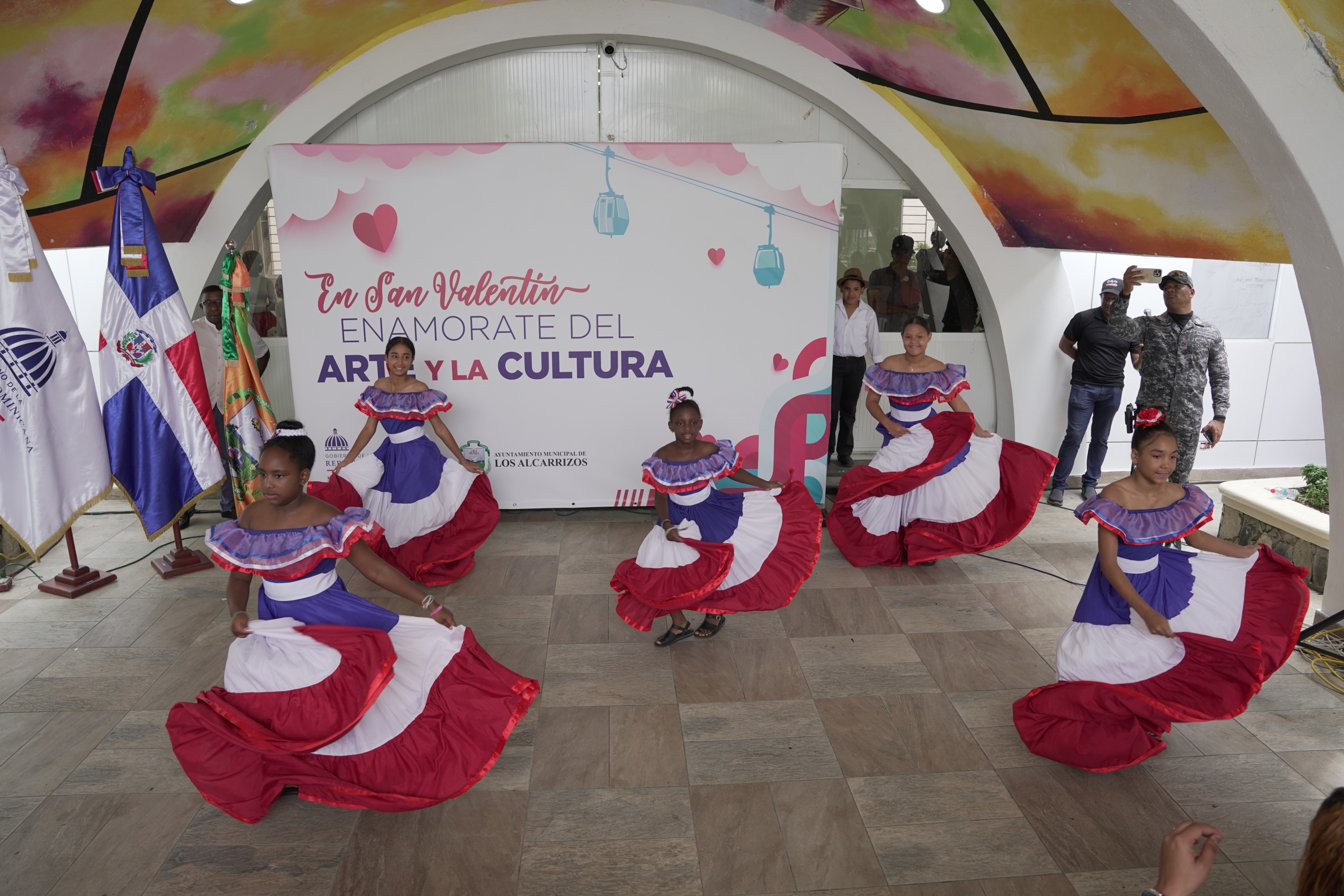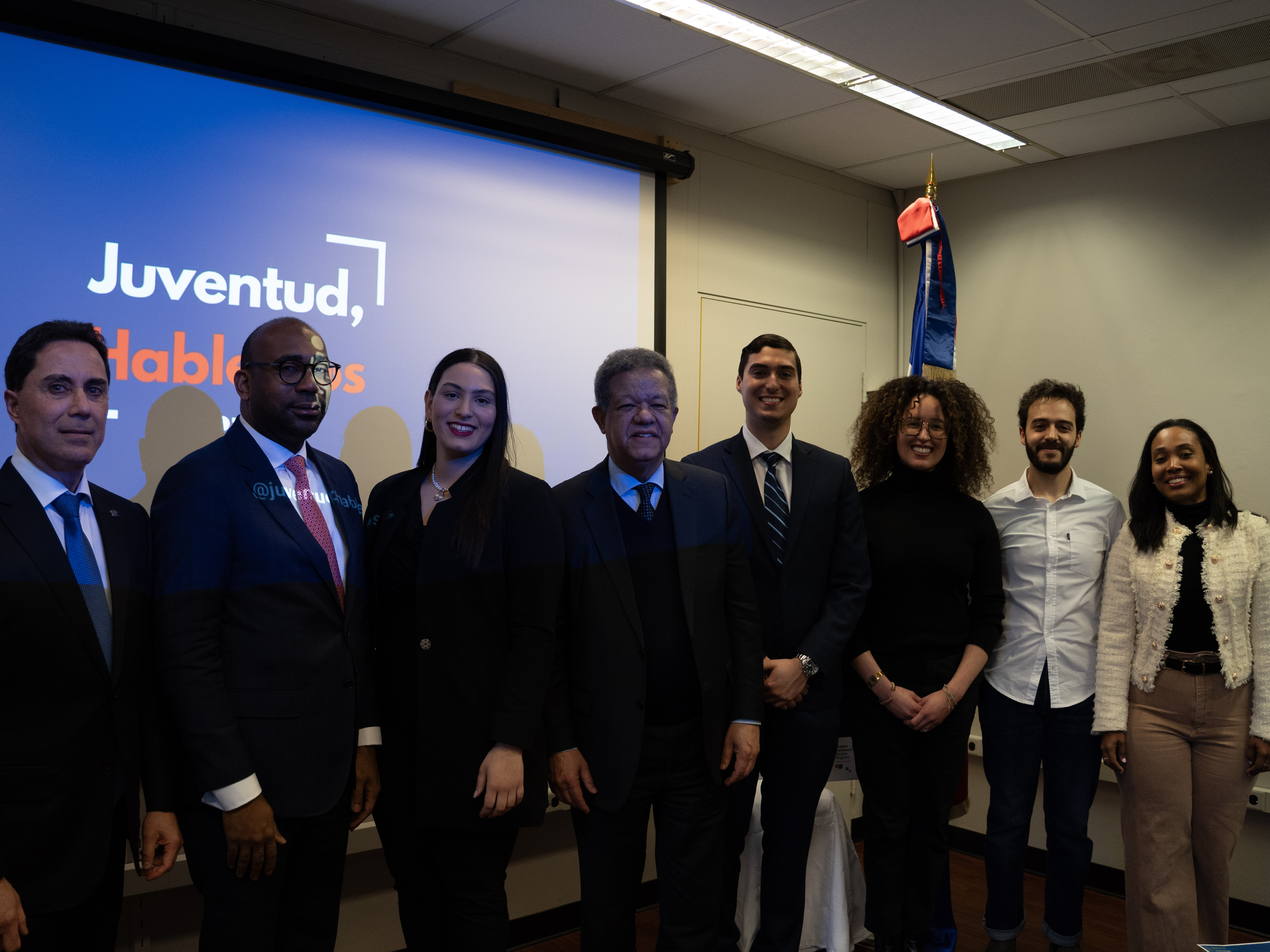GFDD and FUNGLODE successfully inaugurate Dominican Environmental Photo Exhibit at CCNY/CWE
 | GFDD and FUNGLODE successfully inaugurate Dominican Environmental Photo Exhibit at CCNY/CWE Conservation photographer, naturalist and illustrated-book producer, Eladio Fernandez, took center stage, as GFDD/ FUNGLODE inaugurated his exhibit entitled Agriculture and People: Subsistence Practices of Hispaniola, to a crowded auditorium at the City College Center for Worker for Education on October 3, 2013. The photo exhibit event, which highlights 20 photographs illustrating current harvesting practices of the sugarcane industry in the Dominican Republic, was also accompanied by photographic slide show presenting Dominican Republic’s rich agricultural legacy. The evening started with an introduction by Juan Carlos Mercado, the dean of the collaborating organization, CWE/CCNY, thanking students and members of the public for their attendance. He thanked GFDD’s for setting up the event and said he was thrilled to note that it was the second event they had collaborated on, and that he looked forward to many more in future, including the upcoming Latin Poetry Festival (link to press release) . He continued by highlighting the fact that CUNY/CCNY has a large student body that is of Dominican descent and that the University benefits from bringing these programs to its campus. He also stressed that the Dominican students enrich the vibrant culture of the University and contribute to its extraordinary diversity. Remarks were then made by GFDD’s Environment Program Manager, Emy Rodriguez , who explained the importance of the event in furthering the goals of the organization’s knowledge and expertise transfer program, which promotes the exchange of information, understanding and appreciation of Dominican cultural and natural heritage. After a short institutional video documenting the program achievements of GFDD, Emy Rodriguez introduced Eladio Fernandez. By means of a colorful and fascinating slide show, Eladio Fernandez, a renowned authority on the natural environment and the ever-decreasing wild places of the Greater Antilles, was able to present images not only covering sugarcane harvesting practices, but also his other former and current photography projects. Eladio Fernandez presented the results of his work, which took over a year to produce. He explained it had never been seen before, as it was commissioned by a 100-year-old sugar cane company, which later revised its instructions and asked Mr. Fernandez to produce a different body of work. The exhibit documents the step by step process utilized over the last century to harvest sugarcane, which is being lost due to the mechanization of the industry. Eladio asserted, “My role as a photographer on this project was merely to document the reality, one that has rarely been shown and that is slowly but surely being lost.” The presentation encompassed a collection of over 50 photographs. In commenting on them, Mr Fernandez described the physical stresses that the local plantation workers were exposed to all the way through the production process from the initial seed planting in the field to the manufacturing process of the sugar in the factory. He had been unaware how labour intensive harvesting agriculture was until he had been asked to document it and, as a result of his investigation, he felt a lot of respect for the workers. During the question and answer session that followed the presentation, the audience, which consisted predominantly of CUNY students, expressed its appreciation of Mr. Fernandez’ work whilst enquiring about the social stresses for the workers on these plantations. Explaining that he had fallen in to conservation photography by developing an initial hobby that stemmed from bird watching on expeditions to Pico Duarte, Mr. Fernandez commented on the range of habitats and wealth of biological diversity that exists in the Dominican Republic due in part to the difference in elevation between the coastal and mountainous regions. He explained that this phenomenon resulted in a wide variety of surprising photographic subjects, including the changing biodiversity surrounding the region of Lake Enriquillo, which over the years has changed significantly due to the expansion of its borders. At the end of the Q & A, the audience filed out of the auditorium to view Mr. Fernandez’ exhibition before regrouping at the reception to exchange views on the exhibit and presentation.The program forms part of GFDD’s Knowledge and Expertise Transfer program, which collaborates with prominent thinkers, analysts, academics and practitioners, as well as reputable institutions around the world, to offer innovative and inspiring training programs, seminars, workshops, conferences and discussion forums with the purpose of promoting greater understanding and appreciation of Dominican cultural and natural heritage. The exhibit will be on display through the end of October in celebration of Hispanic Heritage month. |

Related News
-

(Versión en español) MINC realiza el evento "Enamórate del Arte y la Cultura" en Los Alcarrizos
-

(Versión en español) InspireDR celebra una década de impacto con “La Fiesta 10” en Cabarete
-

(Versión en español) Organización “Juventud Hablemos” de la Universidad de Columbia y la GFDD copatrocinan a casa llena evento sobre “La evolución de la democracia en la República Dominicana”
-

(Versión en español) Realizan premiere del documental “El Padrino II: 50 años y su filmación en República Dominicana”
-

Actividad #1
Dónde:: Complejo Acuático Del Centro Olímpico Juan Pablo Duarte.
Días: 28 y 29 de noviembre 2016.
Precios: RD$1,1000.00 VIP, RD$600.00 gradas.

